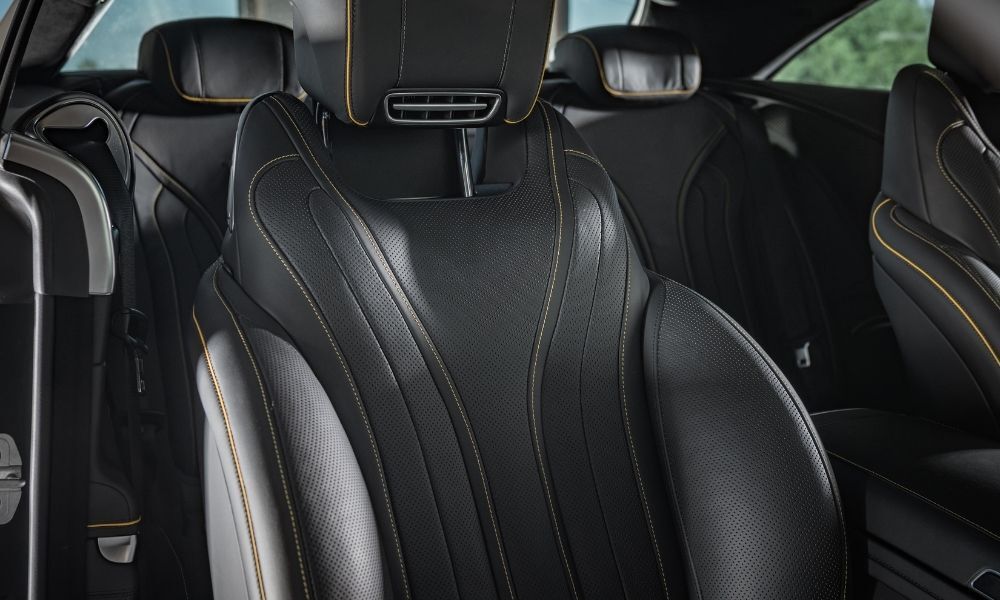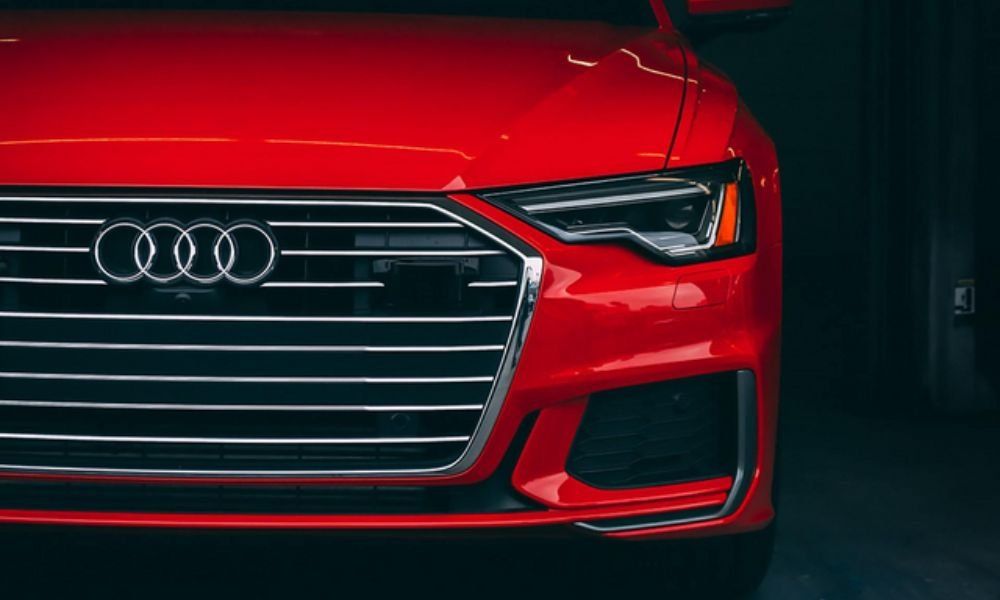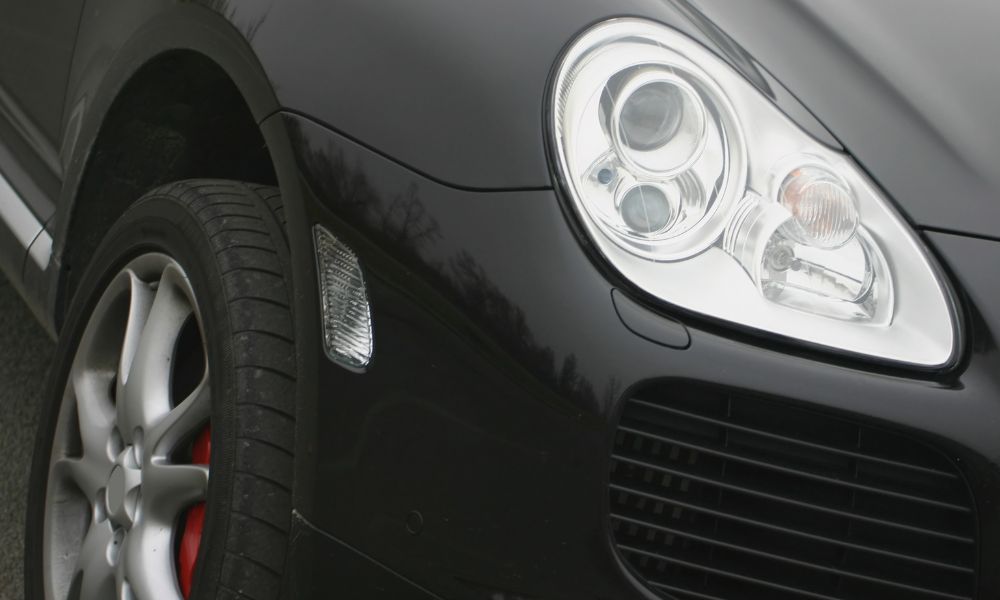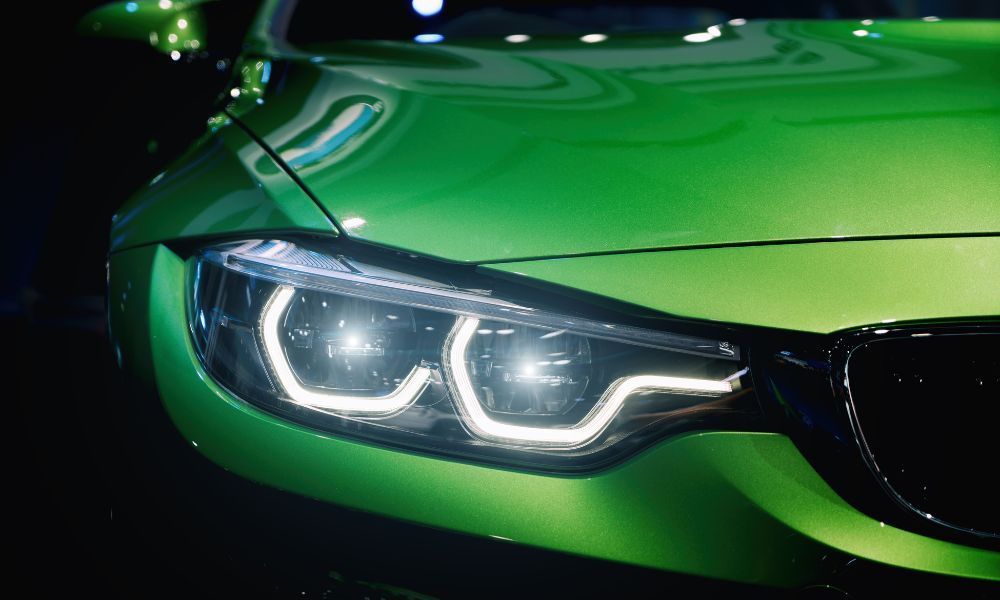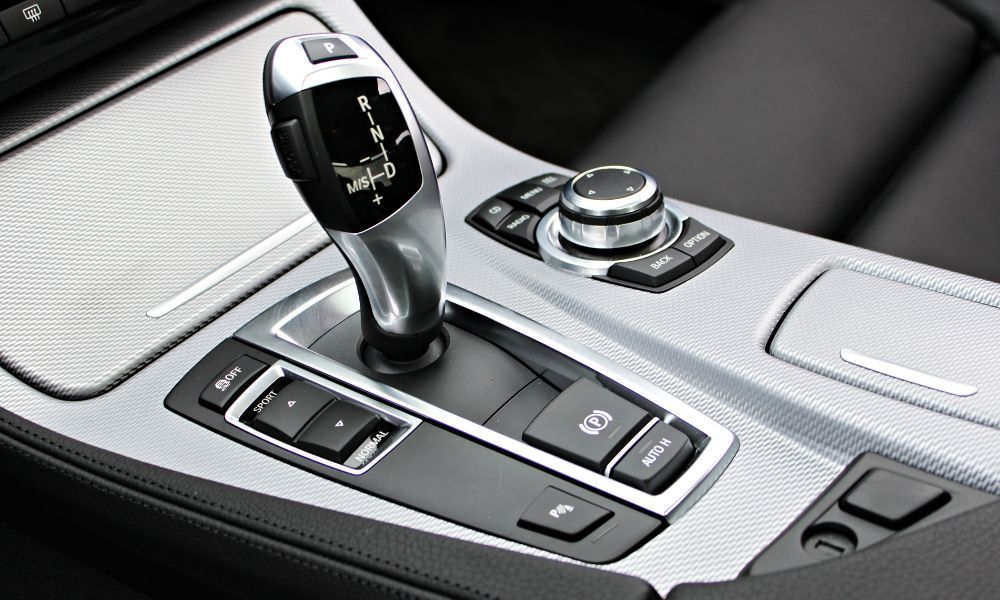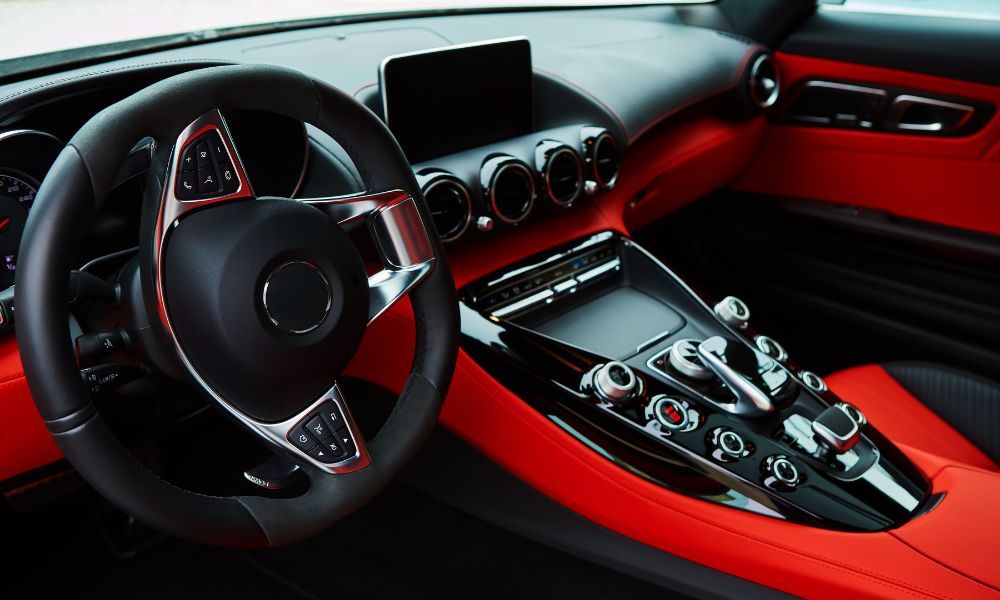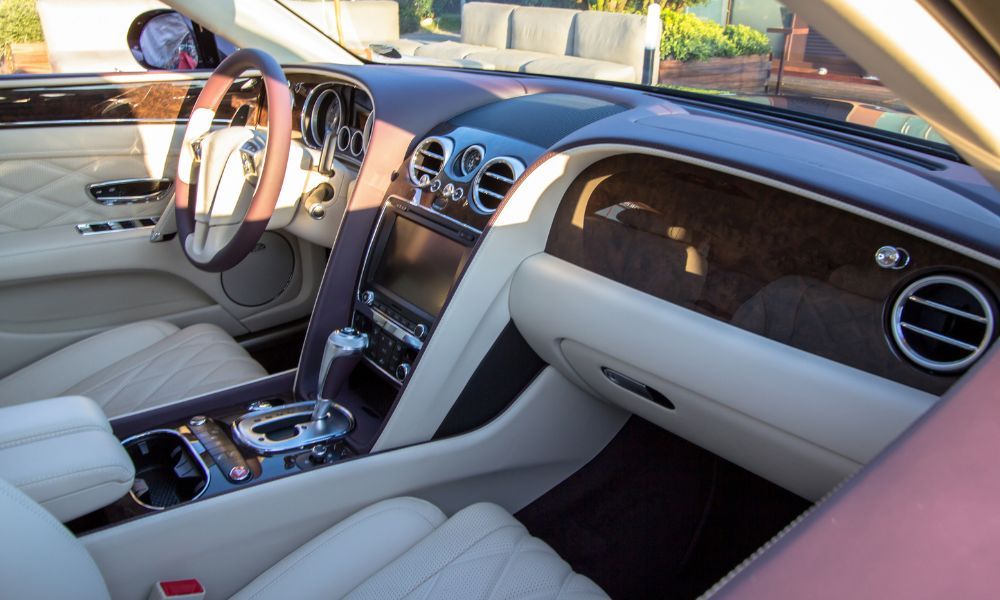Lotus Esprit: 3 Fun Facts About Lotus’s First Super-Car
The Lotus Esprit made its debut at the 1975 Paris Motor Show, following the Europa as the company‘s premier road car at a period when the company was dabbling in the super-car industry. The Esprit was produced until 2004, yet it’s still a very rare automobile. Here are some fun facts about the Lotus Esprit: Lotus’s first super-car.
It Had 2 Exotic Design Styles by Legendary Designers
The Esprit featured two iconic designs, each by a different designer, that contributed to its unique appearance. Giorgetto Giugiaro, a well-known Italian super-car designer, created the first “folded-paper” designs for the S1, S2, and S3 Esprits in 1976. He also designed the Lamborghini Calàs, Maserati Spyders and Ghiblis, De Tomaso Mangustas, Alfa Romeo 105/115 Series Coupés, BMW M1s, and Ferrari GG50s of his time. His Lotus Esprit had a wedge shape with strong angles, which was a popular design in the 1970s.
Afterwards, starting with the 1988 model year, the Esprit was restyled by Peter Steven, an English automobile designer who also worked on the McLaren F1 super-car. The new design featured stunning two-tone paintwork as well as crisper, curvier angles, which became popular in the 1990s.
The Esprit Helped Lotus Join the Exotic Cars League
Lotus had some experience building fast cars before the Esprit, but the company was originally best known for its inexpensive enthusiast cars. However, Lotus founder Colin Chapman wanted the company to compete with Porsche and Ferrari in the prestige and high-performance vehicle markets. With a product range that included cars such as the Elan and Europa, which had been around for while, his idea was to create a super-car that would compete with marquees from other European exotic car manufacturers. With the help of Giorgetto Giugiaro’s design, the automobile became a hit after being featured in the 1977 movie The Spy Who Loved Me, and demand skyrocketed to the point where some customers were placed on a three-year waiting list.
The Esprit Is Extremely Lightweight
Colin Chapman was a man fascinated with minimalism and lightness in automotive construction, famously stating, “Adding power makes you faster on the straights; reducing weight makes you faster everywhere.” He established Lotus as the world’s premier maker of lightweight sports vehicles with exceptional handling. That’s why Lotus’s Elise and Elan are regularly included in lists of the lightest production cars available. The Lotus Esprit was no exception; it followed the same principle and weighed only 1,984 pounds (900 kilograms) at the curb. Lighter cars require less power to accelerate, and they stop more quickly, have less tire and brake wear, corner harder, and consume less gasoline.
We hope this article has supplied you with some great fun facts about the Lotus Esprit: Lotus’s first super-car! If you’re looking to sell your luxury car in order to trade up to a new one, be sure to reach out to Nahas Motorcars today!


